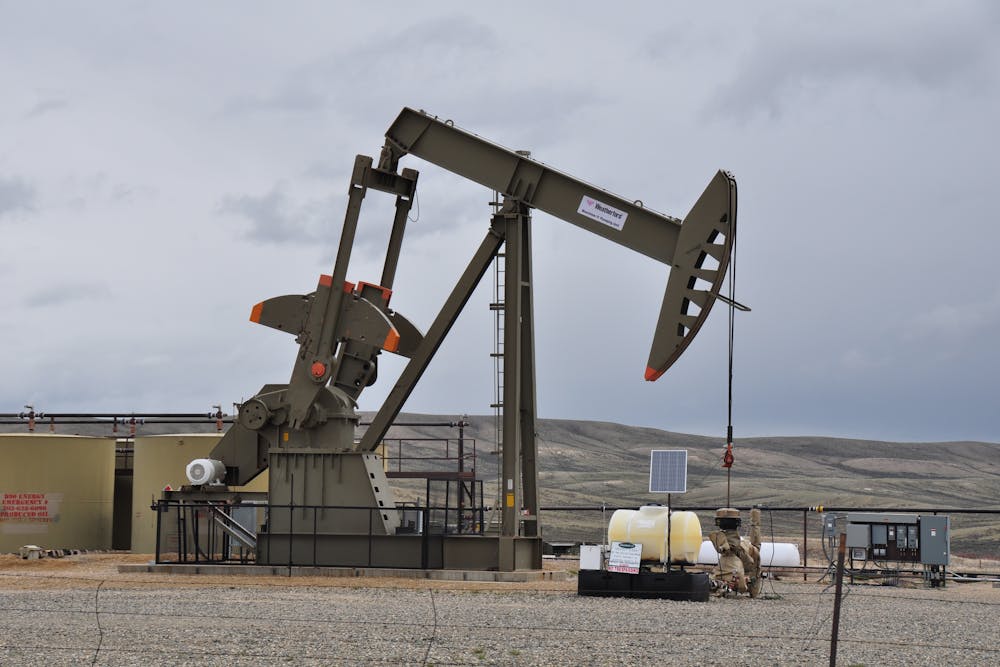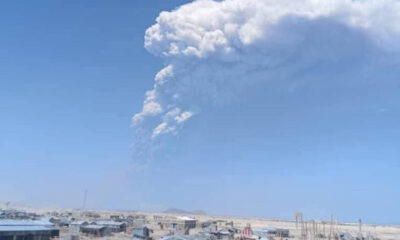Reviews
Seasonal Trends in Crude Oil Prices: What History Tells Us

Gas prices have a knack for climbing just as you’re planning that summer road trip, and it’s no coincidence. Crude oil prices follow surprisingly predictable seasonal patterns that have persisted for decades. Understanding these trends can help consumers and investors make better yearly decisions.
Why Oil Prices Dance to Seasonal Rhythms
Crude oil prices don’t move randomly – they respond to regular changes in supply and demand that coincide each year. These patterns are driven by everything from weather changes to vacation schedules, creating a rhythm that’s become remarkably consistent over time.
The seasonal nature of oil markets reflects our modern lifestyle. During certain months, we drive more, heat our homes differently, and even change our travel habits. Oil companies and refineries know this, adjusting their operations accordingly.
Summer: The Peak Driving Season
The most well-known seasonal trend occurs during summer, particularly May through September. This period, dubbed “driving season,” typically sees higher oil prices due to increased demand for gasoline.
Families take vacations, construction projects ramp up, and general economic activity peaks during warmer months. Refineries also switch to producing summer-grade gasoline, which is more expensive but burns cleaner in hot weather. A long-term oil price chart will show this summer premium appearing year after year.
Historically, prices start climbing in late spring as refineries prepare for increased demand, often reaching their annual peaks between May and August.
Winter’s Complex Picture
Winter brings its price pressures, though they’re more complex than summer’s straightforward driving demand. Cold weather increases demand for heating oil, particularly in northern regions where millions of homes rely on oil-based heating systems.
However, winter also reduces driving in many areas, as people venture out less frequently. The net effect varies by year and region, but heating demand often wins out, creating a secondary price peak during the coldest months.
Spring and Fall: The Shoulder Seasons
Spring and fall typically offer the most stable oil prices. These “shoulder seasons” see moderate weather reducing driving and heating demand. Refineries often use these periods for maintenance, temporarily reducing supply but usually not enough to offset the decreased demand.
These calmer periods can relieve consumers, though they’re not immune to disruptions from geopolitical events or unexpected supply issues.
What This Means for You
Understanding seasonal patterns doesn’t guarantee you’ll time the market perfectly, but it can inform your decisions. If you’re planning to fill up heating oil tanks, late summer or early fall might offer better prices than waiting until winter arrives. Similarly, vacation planning might benefit from considering these trends.
For investors, seasonal patterns provide context for price movements, though they should never be the only factor in investment decisions.
While crude oil prices respond to countless factors – from political tensions to natural disasters – seasonal trends remain a remarkably persistent feature of energy markets. These patterns reflect the fundamental rhythms of modern life and show no signs of disappearing anytime soon.
By understanding these cycles, we can better navigate the ups and downs of energy costs throughout the year.

-

 World1 week ago
World1 week agoEthiopian volcano erupts for first time in thousands of years
-

 Health2 days ago
Health2 days ago8 kittens die of H5N1 bird flu in the Netherlands
-

 Legal7 days ago
Legal7 days agoUtah Amber Alert: Jessika Francisco abducted by sex offender in Ogden
-

 US News6 days ago
US News6 days agoExplosion destroys home in Oakland, Maine; at least 1 injured
-

 Health7 days ago
Health7 days agoMexico’s September human bird flu case confirmed as H5N2
-

 Legal3 days ago
Legal3 days ago15 people shot, 4 killed, at birthday party in Stockton, California
-

 World7 days ago
World7 days agoWoman killed, man seriously injured in shark attack on Australia’s NSW coast
-

 Health6 days ago
Health6 days agoMarburg outbreak in Ethiopia rises to 12 cases and 8 deaths




